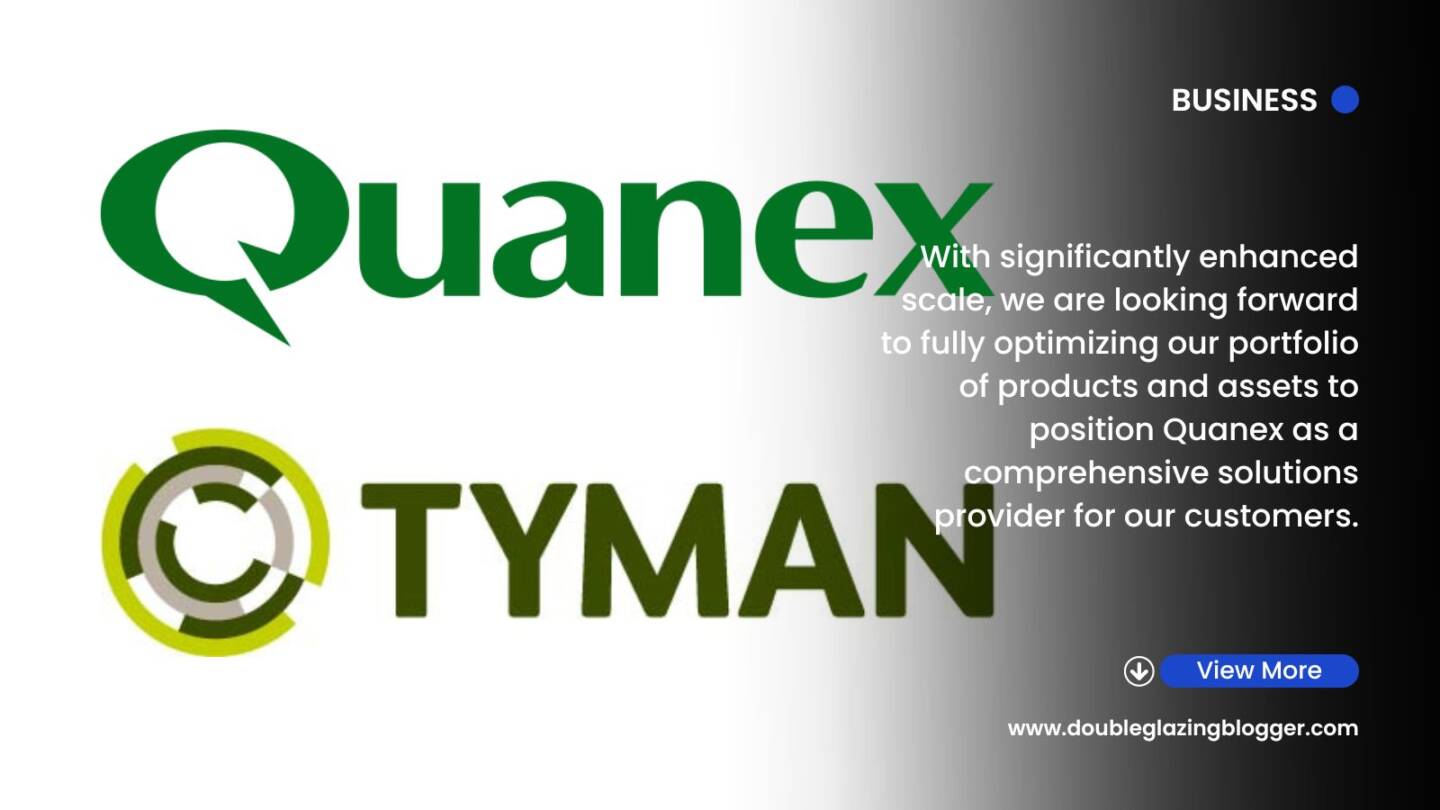Yesterday I wrote about the many areas in which the UK window and door industry appears to be shrinking. If you haven’t read that one, you can catch up on it here.
It was a post based on information provided by the latest Insight Data window and door industry report. You can download your copy of the 2017 edition here. A closer look at some of the finer details within the report gives you an indication that the industry is now at an inflection point, and the future looks less than certain at this stage.
But, it wasn’t all shrinking and declines in the report. There were areas that were on the rise too, one of those being the rapid success of trade counters. This is what I want to focus on in today’s post.
Trade counters continue to rise
One of the strongest areas of growth in the window industry in the past few years has been the trade centre sector. You only need to look at companies like Truemans, GAP, Stevenswood and others to see the strength in this part of our industry, and how they are disrupting the normal business channels. The latest Insight Data report shows their continuing strength:

Credit: Insight Data
Between 2011 and 2014 there was a clear and very sharp increase in the number of PVCu window and door trade counters. That growth trend continued in the three years to 2017, but at a slower rate.
However, I expect that growth curve to become steeper again as more companies like Stevenswood embark on an aggressive growth strategy that will expand the number of trade counters in existence, which in turn will encourage others to get into this part of the market.
Trade counters have been a true disruptor when it comes to the traditional supply chains in this industry. Installers are now able to go to many trade counters and get pretty much every single product they need to conduct their own business, without the need to use a traditional fabricator. Easy for the installer, as they can simply pop into branch, pick up what they need, leave and get their job done.
The traditional supply chain however won’t just sit around and let their business ebb away to trade counters. What will be the response?
A new normal
This isn’t a bubble and this isn’t a fad. Trade counters are a long term trend that is only going to continue to grow. It will grow because the demand and environment is good for it. Installers want easy, immediate access to all sorts of fenestration related products, and the trade counters of 2017 are far more advanced and well stocked than trade counters of old. Convenience and competitive pricing makes trade counters very relevant right now.
This is a new normal, and the rest of the existing supply chain is going to have to get used to it. Attention then turns to fabricators and how they will respond to a part of the market which will inevitably continue to chip away at their business.
One way would be to expand what they offer to their installers. That doesn’t mean new window and door products, but other ancillaries that can be found at trade counters. Trims, silicones, packers, tools, marketing, clothing and other similar products could be stocked by fabricators to encourage their installers who might be buying this sort of stuff elsewhere to come back to base and buy it from then instead. Price would have to be a factor as well.
Other more logistical points could be addressed. For example, more regular deliveries for installers who might be busy but need more than one delivery per week. Fabricators who don’t already could offer deliveries to site instead of at the installer’s premises, ideal for those products which are awkward to handle.
Lead times could be an area to look at too. The great thing about trade counters for an installer is the ability to have almost anything to hand very quickly. Eight week lead times for certain PVCu products is a long time in 2017. Fabricators could look to reduce long lead times in a bid to win back some installers who have been drawn away by lure of quicker turnaround times.
I also think general levels of service from fabricators is an area that needs addressing. There is no doubt that fabricators are under pressure on all sorts of fronts right now. But my general feel so far this year is that general product quality and service levels across fabrication have been a lot lower than normal. You can see why an installer might choose to source some of their products from trade counters if their existing supply channels aren’t giving them a good enough reason to be loyal. Just something to think about.
Over the next few days I’ll continue to digest this latest Insight Data industry report and bring you my findings and opinions over the next few days. As a heads up, my next few posts will include the GGF’s response to Colin Torley’s heritage glazing guest post the other day, awards related news and a bit of Brexit.
To get weekly updates from DGB sent to your inbox, enter your email address in the space below to subscribe:






